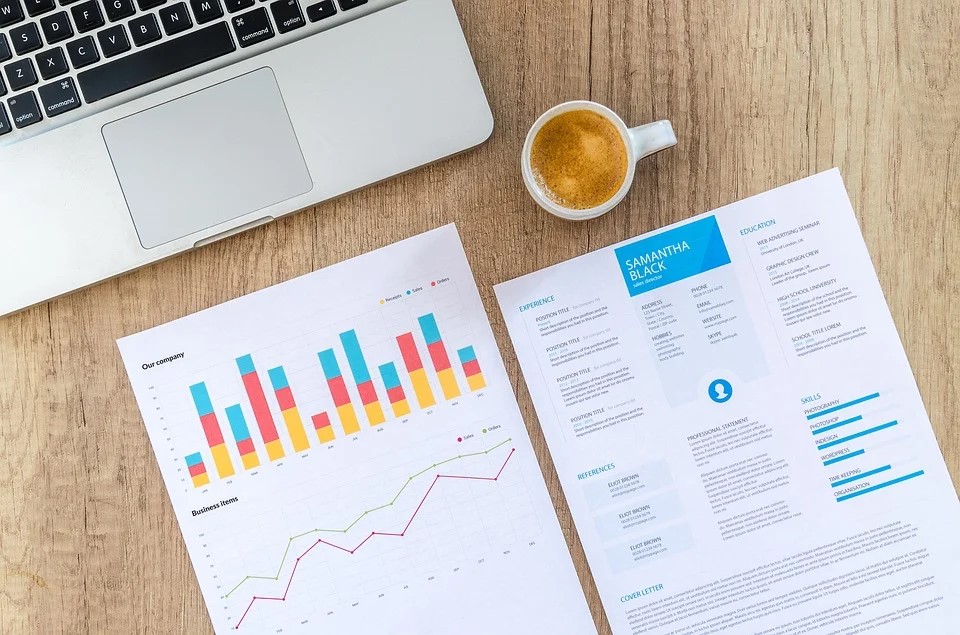Asset Management
UBP Smiles On Credit Derivatives Exposure

Credit default swaps - which are tradeable, insurance-like instruments giving users exposure to credit - haven't always won admirers. The 2008 financial crisis forced big changes to the CDS market. Now available via exchanges, the market has changed considerably. The Swiss firm is an enthusiast.
Cautious investors wary of equity markets kept aloft by central
bank money have in the past shifted into cash and debt. But that
approach is hard to execute when bonds are expensive and hard to
trade. To get exposure to credit markets, what options exist?
One answer, says Union
Bancaire Privée, is to hold indices of credit default swaps.
These indices capture returns generated by CDS, which are
insurance-like instruments used to hedge against credit default
or capture a yield by selling such insurance.
The CDS market is more than two decades’ old, and started as an
over-the-counter (OTC) market - involving direct trades between
counterparties. It was led by banks such as JP Morgan and
Deutsche Bank, trading CDS on the debt of governments and
companies. After the traumas of the 2008 financial crisis, when
the CDS market got some of the blame for inflaming risk rather
than spreading it, reforms pushed credit default swaps onto
exchanges acting as a central counterparty. This was designed to
remove counterparty risk and make the market more transparent.
CDS indices in different currency denominations now exist.
Investors can use indices to track a whole sector in one
hit.
Funds holding CDS indices outperform the wider fixed income
market for a variety of reasons, advocates say. One of them is
that CDS indices are more liquid than cash bonds - and that
liquidity can actually rise when markets are stressed, while
individual bonds’ and loans’ liquidity can dry up, Mohammed
Kazmi, portfolio manager of the UBAM - Global High Yield
Solution at Union
Bancaire Privée, told this news service.
In tough markets, there are often redemptions from fixed income
funds which results in credit investors being forced sellers of
their cash bond positions in a weak market. Consequently, they
have to sell positions at unattractive levels as bid/offer
spreads widen materially, especially in the high yield market,
Kazmi said.
“It is the [UBP] team’s belief that liquid assets - CDS -
would be the first beneficiary of a market normalisation as,
unlike bonds, CDS indices have both a long and short investor
base and that hedges (short investor base) would be the first
positions to be closed in a normalisation,” Kazmi said.
The index approach also takes out concentration risk in
portfolios - investors hold exposure to a diversified basket
of names through CDS indices, not just a handful of bonds, he
said.
“Once you strip this all down, it is a fairly simple product to
invest in,” Kazmi said.
Results
During 2019, in US dollar terms, UBP said, the strategy clocked
up a 13.4 per cent return, and 0.6 per cent in 2018, returning
7.8 per cent in 2017 and a 9.9 per cent result in 2016, according
to figures as at the end of May this year. So far this year, as
of the end of May, gross returns are down by 6.9 per cent. The
strategy, which is a Luxembourg-registered SICAV structure; can
be held under a UCITS fund. There is no initial charge on the
fund; it levies an ongoing charge of 0.55 per cent.
Kazmi said the team’s investment strategy is top-down in its
approach. As of the end of May, a total of $5.8 billion of client
money was held in this fund.
How to explain some of the superior performance of such
funds?
As a result of the high liquidity, the tight spread between the bid and offer prices of CDS means that the fund does not spend money on high trading turnover among scores of individual bonds.
With a new CDS index series launched every six months, investors
can benefit from the roll down of CDS indices, re-investing in
each new series on launch, thereby taking advantage of the
capital appreciation during the six months when the index rolls
closer to maturity.
There are a number of such indices in the US and Europe. For high
yield in the US it is the CDX HY and CDX IG for investment grade.
In Europe for high yield it is the iTraxx Crossover and the
iTraxx Main for IG.
A big market
Kazmi argues that CDS indices account for a large majority of
total market turnover, overshadowing that of the underlying bond
market. “This shows how far the market has come.”
With all the talk about changing economic cycles and moves in
risk, investors will not want to hold lots of cash bonds if
liquidity dries up. “In the latest risk-off period [in March] the
outperformance [of indices] was very clear,” he said.
Other benefits of holding CDS indices is that funds can cope with
large subscriptions and redemptions - a point worth bearing in
mind when some funds have had to shut because of large client
pullouts.